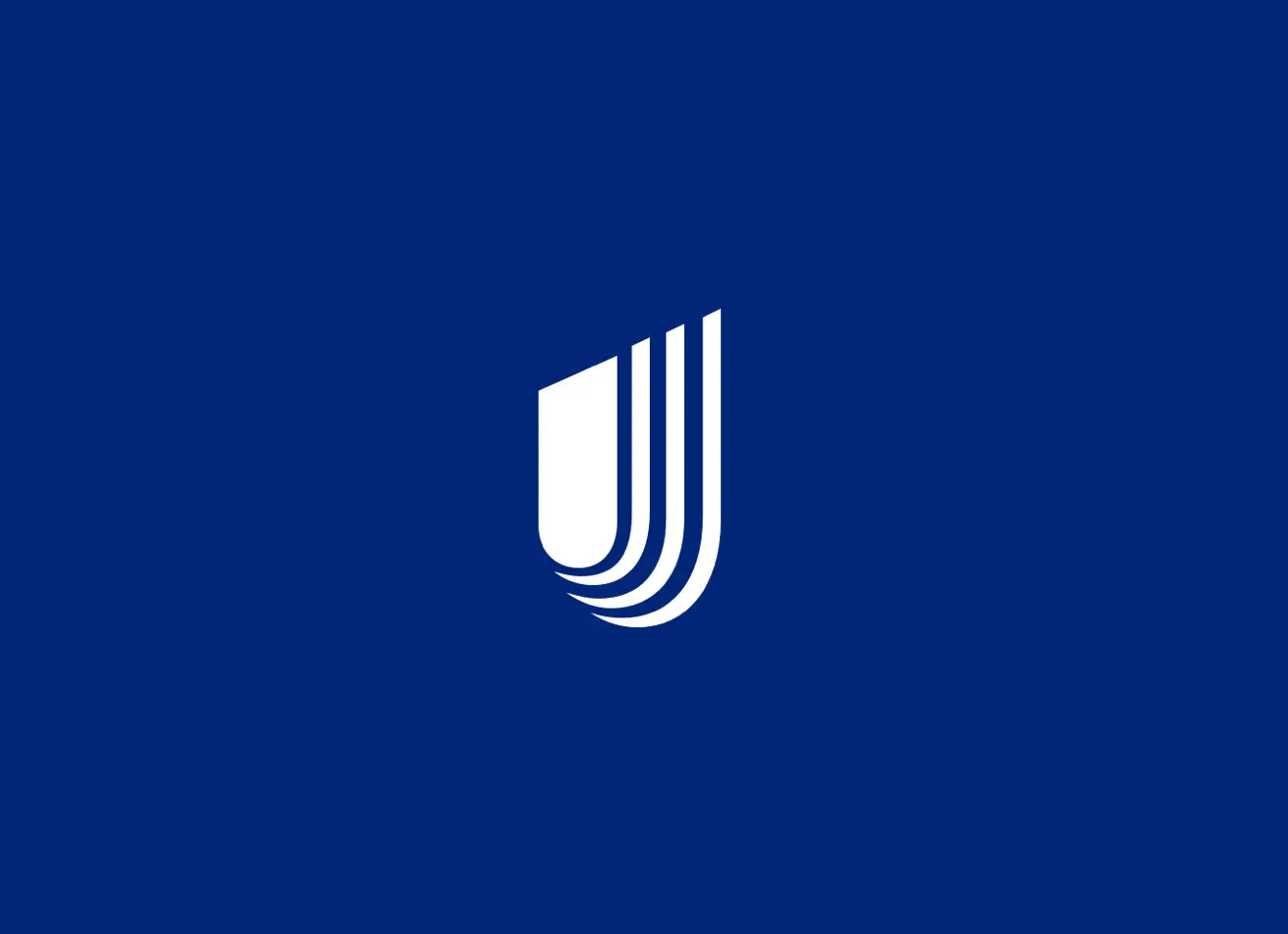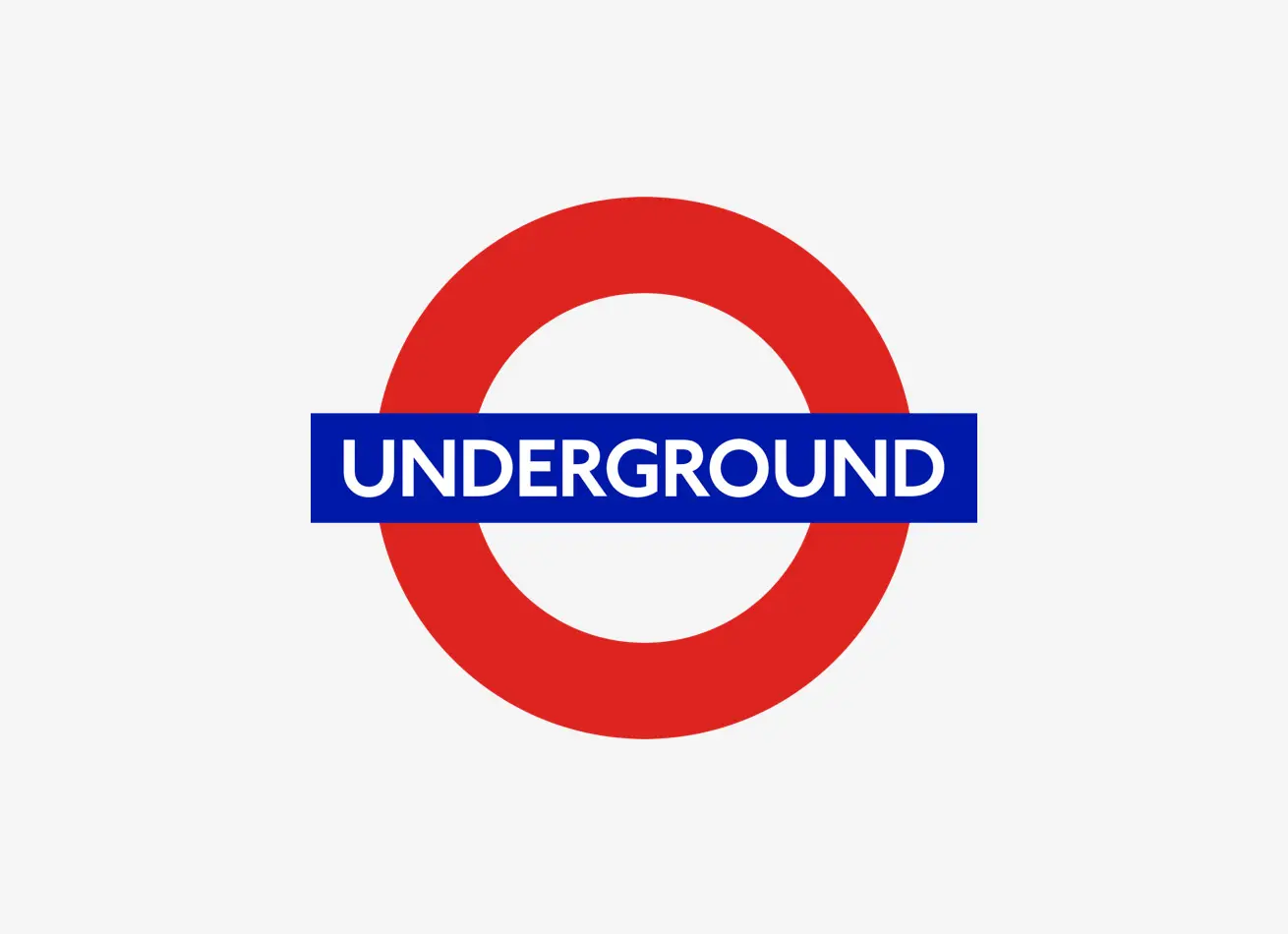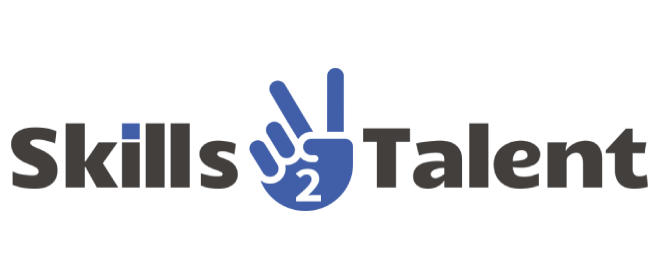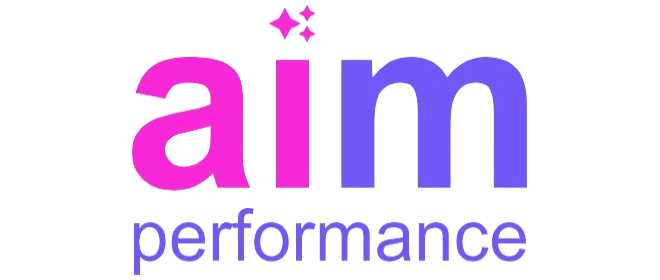Career pathing is essential in fostering employee growth and retention across industries. Whether in white collar, grey collar, or blue collar roles, a well-defined career path can motivate employees, increase job satisfaction, and ensure long-term success. Performance management plays a critical role in shaping these career trajectories by aligning individual strengths with organizational goals. In this blog, we will explore how performance management can help in defining career paths for white collar, grey collar, and blue collar workforces.
Understanding the Importance of Career Pathing for All Workforces
Defining career paths is crucial for maintaining employee engagement across white collar, grey collar, and blue collar workforces. Employees need a clear sense of direction and purpose in their roles. Performance management acts as a guiding framework that helps in identifying opportunities for growth and development.
White collar employees, often working in knowledge-based roles, rely on career pathing to advance within corporate structures. Performance management tools can help them assess their current skills, set goals, and progress towards leadership positions. Similarly, grey collar workforce, whose roles span both manual and cognitive tasks, benefit from career paths that reflect their diverse skill sets. Blue collar workforce, engaged in hands-on work, also need structured career paths to enhance their expertise and potentially move into supervisory or specialized roles. Performance management is key to mapping these pathways for all workforces.
Aligning Personal Goals with Organizational Objectives
Performance management ensures that employees’ career aspirations align with organizational goals. This alignment not only supports individual growth but also strengthens the organization as a whole. When employees see their personal goals reflected in the company’s mission, they are more likely to stay engaged and committed.
For white collar employees, performance management systems can align personal objectives like promotions or skill enhancements with broader company initiatives, creating a symbiotic relationship. Grey collar workforce benefit when performance management connects their multifaceted roles with career progression opportunities that match their unique skill sets. In blue collar industries, aligning personal goals with organizational growth through performance management helps workforces see the long-term value of their contributions, which can lead to career advancement.
Identifying Strengths and Skill Gaps for Career Development
One of the most significant ways performance management contributes to defining career paths is through identifying strengths and skill gaps. Regular assessments allow employees to understand where they excel and where they need improvement, helping to tailor their career paths accordingly.
White collar employees often engage in performance reviews that assess both technical skills and leadership potential. Performance management helps them identify areas where additional training or experience is needed to move up the career ladder. Grey collar workforce, who blend intellectual and physical tasks, can use performance evaluations to identify which skills need further development to advance their careers. Blue collar employees, whose roles might be more physically demanding, can also benefit from performance management systems that identify opportunities for skill enhancement or specialization, thereby creating a clear career path.
Setting Clear Goals for Career Progression
Performance management provides a structured approach to goal-setting, which is essential for career progression. Setting clear, achievable goals ensures that employees stay on track toward their career objectives.
For white collar employees, these goals might include obtaining certifications, mastering new technologies, or developing leadership skills. Performance management helps in setting milestones that guide their journey toward higher positions. Grey collar workforce benefits from performance management by setting goals that encompass both their manual and cognitive skills, allowing them to advance in roles that require a combination of these abilities. Blue collar employees, on the other hand, can use performance management to set specific goals related to technical expertise or operational efficiency, which can lead to promotions or specialized roles in their field.
Providing Continuous Feedback for Career Advancement
Continuous feedback is a vital component of performance management and is essential for defining career paths. Regular feedback helps employees understand their progress and make necessary adjustments to their career plans.
For white collar workforce, feedback is often focused on strategic decision-making and leadership qualities. Performance management systems provide continuous insights that guide their career progression. Grey collar employees, who often work in dynamic roles, need feedback that addresses both their cognitive and physical contributions, helping them to navigate career paths that require a balance of both skill sets. Blue collar employees benefit from immediate feedback on their hands-on work, which helps them refine their skills and advance in their careers.
Offering Opportunities for Growth and Development
Career development opportunities are a core aspect of performance management. Providing employees with opportunities to grow and develop within the organization helps in defining their career paths and ensuring long-term retention.
White collar employees often seek growth through leadership programs, mentorship, and advanced training. Performance management helps identify these opportunities and align them with career aspirations. Grey collar workforce, who may need to develop both manual and cognitive skills, benefit from performance management that offers cross-training and skill diversification, helping them advance in their careers. Blue collar employees, who may focus on technical skills, can use performance management to access training in new technologies or processes, allowing them to grow within their roles or move into more specialized positions.
Building a Culture of Continuous Learning
Performance management fosters a culture of continuous learning, which is essential for defining career paths. When employees are encouraged to continuously improve their skills and knowledge, they are more likely to pursue career advancement within the organization.
For white collar employees, continuous learning might involve staying updated on industry trends or pursuing advanced degrees. Performance management helps integrate this learning into their career progression. Grey collar workforce, who need to stay agile in both cognitive and manual tasks, benefit from performance management systems that promote learning across a range of skills, supporting their career development. Blue collar employees, who often need to adapt to new tools and technologies, rely on continuous learning opportunities to advance their careers, and performance management systems can help facilitate this.
Supporting Mentorship and Coaching to Guide Career Paths Development
Mentorship and coaching are critical elements of career pathing, and performance management systems play a vital role in connecting employees with the right mentors. Mentorship and coaching provide the guidance needed to navigate complex career paths and achieve long-term success.
White collar employees, who often move into leadership roles, benefit from mentorship programs that help them build the necessary skills for higher-level positions. Performance management can help match them with mentors who align with their career goals. Grey collar workforce, who need to balance intellectual and manual skills, can benefit from coaching that addresses both areas, helping them refine their career paths. Blue collar employees, who may be looking to move into supervisory or specialized roles, can use mentorship to gain the knowledge and experience needed to advance, with performance management helping to facilitate these connections.
Retaining Top Talent Through Clear Career Paths
Defining clear career paths through performance management is one of the most effective ways to retain top talent. Employees who see a future within the organization are more likely to stay engaged and committed, reducing turnover.
White collar employees, who often seek upward mobility, are more likely to stay with an organization that offers clear career advancement opportunities. Performance management systems that outline these paths contribute to higher retention rates. Grey collar workforce, who may have more complex career paths, benefit from performance management that offers diverse growth opportunities, keeping them engaged and loyal. Blue collar employees, who might be looking for stability and growth, are more likely to stay with an organization that invests in their career development through performance management, leading to long-term retention.
Conclusion: Defining Career Paths with Performance Management
In conclusion, performance management is a powerful tool in defining career paths for white collar, grey collar, and blue collar workforces. By aligning personal goals with organizational objectives, identifying strengths and skill gaps, and providing continuous feedback, performance management helps employees chart a clear course for their careers. Furthermore, offering growth opportunities, fostering a culture of learning, and supporting mentorship programs are essential components of a performance management strategy that facilitates career pathing. When employees have a clear career path, they are more engaged, motivated, and committed to the organization, leading to higher retention and overall success.










